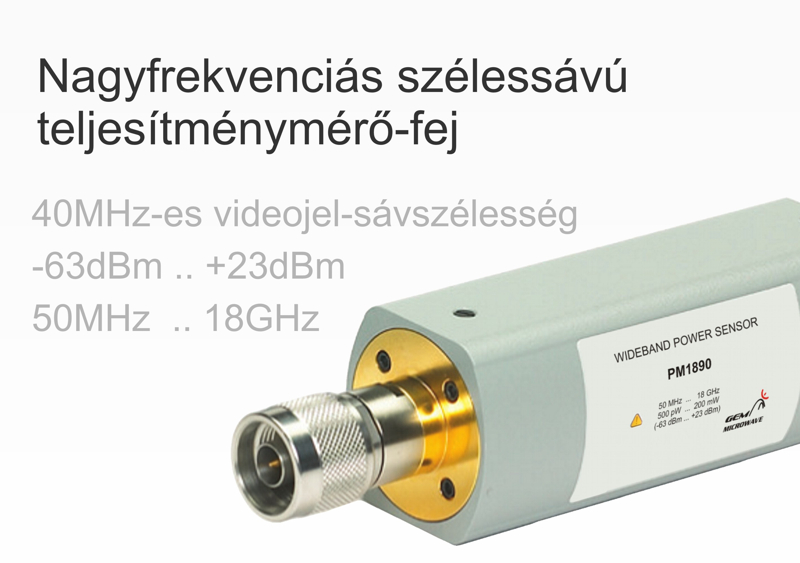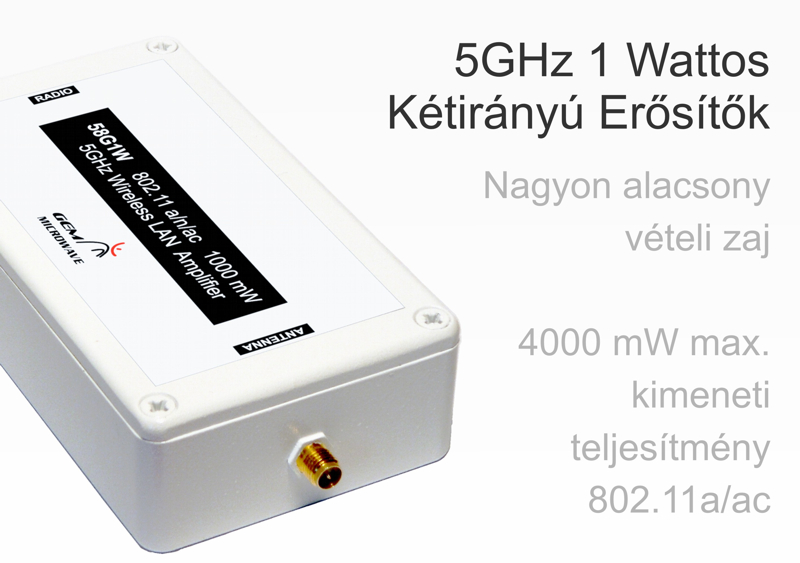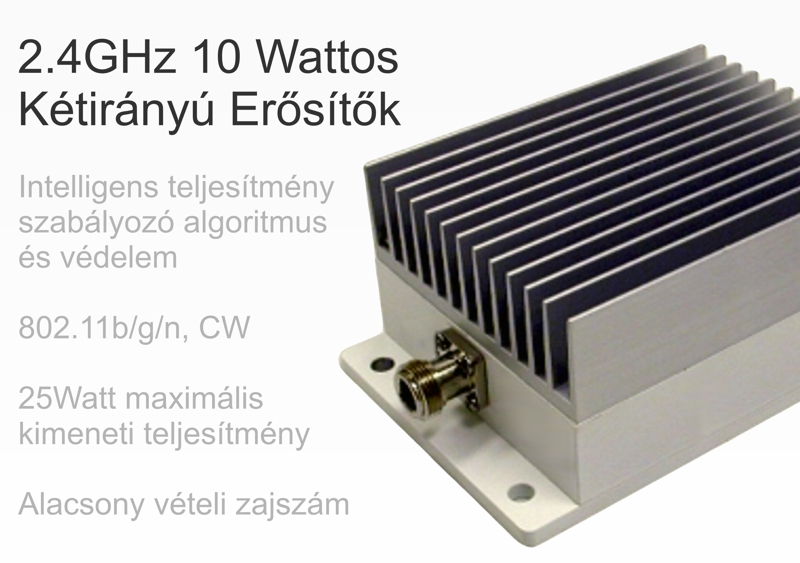
GEM Microwave indroduces the PM1890 compact power sensor/meter that deliver fast, accurate RF and microwave power measurements. A broad range of CW and pulse modulation measurements are available.

GEM Microwave's latest innovation in amplifier technology. Low cost high performance 5 GHz bi-directional amplifiers. These 5 GHz amplifiers are designed for 802.11a/ac radios or any OFDM radios in 5 GHz band.

The high output power, excellent linearity and the Intelligent Active Power Control algorithm make our 10 Watt amplifiers the highest performance wireless LAN amplifiers available today. Compatible with 802.11b/g/n wireless LAN equipment and all CW applications.
Choosing the Best Locations
This describes moving equipment, positioning antennas, and avoiding obstacles. When optimizing your existing equipment, consider:
• Placing antennas in a good location, at a good angle.
• Avoiding physical things that block signals.
• Reducing the interference from other things that transmit radio waves.
Before starting adjustment, make sure that antennas and cables are securely fastened!
If your network has more than a couple wireless devices, before you move things, decide which wireless devices are transmitting the heaviest load. These links are important to optimize. WiFi products have automatic data rate fallback, which allows increased distances without losing connectivity. It also means that devices that are further away are inherently slower. Therefore the most critical links in your network are those where the traffic is high, and the distances are great. Optimize those, first. The ones that are least important are links that have little, occasional traffic, and which have a strong signal strength.
Picking Good Locations for Antennas
• Antennas should be in line-of-sight of one another, where possible. Put your face next to one antenna, to find whether the other is visible.
• Place high, and clear of obstructions as practical.
• Keep antennas 60 cm from metal fixtures such as sprinklers, pipes, metal ceiling, reinforced concrete, metal partitions. (However, antennas on roofs do not necessarily give the best results. )
• Keep away from large amounts of water such as fish tanks and water coolers.
• Antennas transmit weakly at the base, where they connect. So don't expect good reception from the bottom of a router or access point.
• For multi-story buildings, placing antennas at 45 degrees (diagonally) or 0 degrees (straight out parallel to the floor) may be most effective.
Reducing Interference
Avoid windows unless communicating between buildings. (Windows let in interference from the outside world.)
Place antennas away from various electromagnetic noise sources, especially those in the 2400 – 2500 MHz frequency band.
Common noise-creating sources are:
• Computers and fax machines (place wireless equipment no closer than 30 cm)
• Copying machines, elevators and cell phones (no closer than 2 meter)
• Microwave ovens (no closer than 3 meter)









